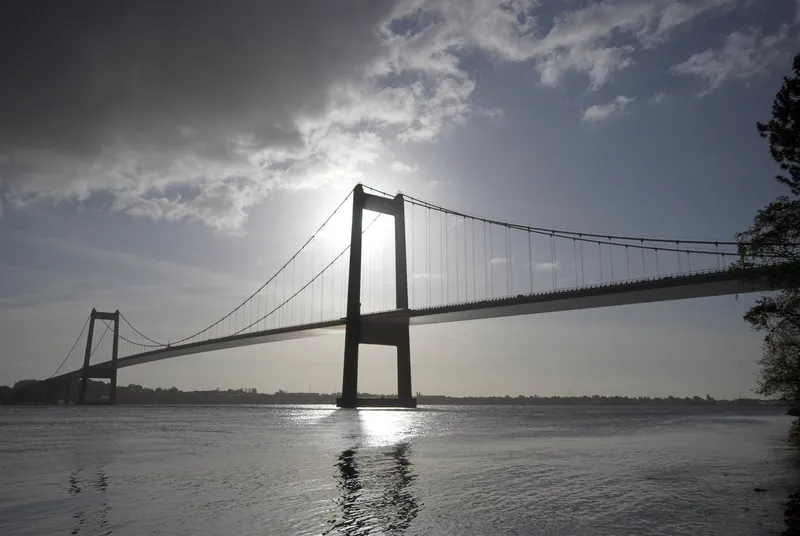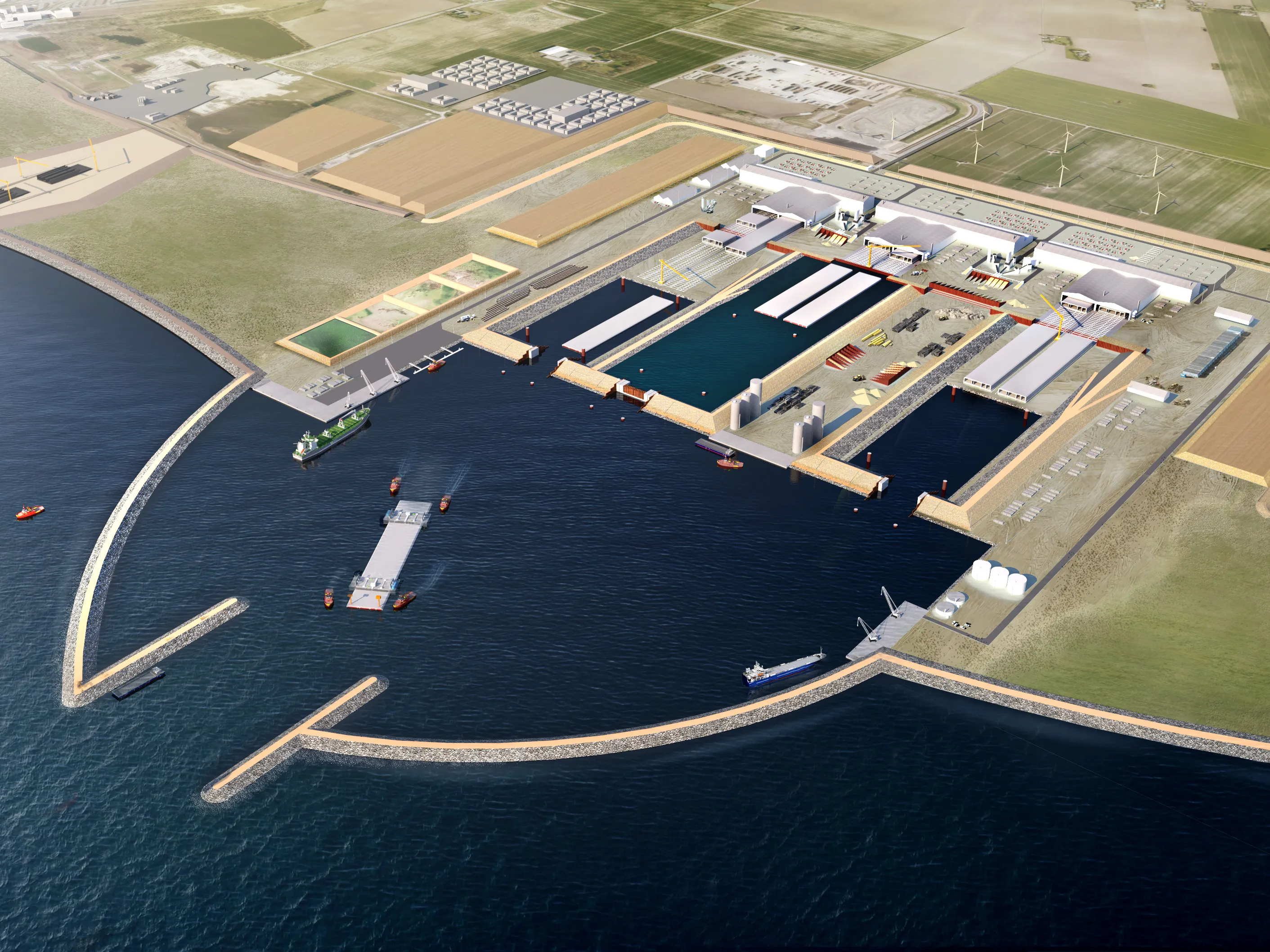
Denmark’s Road Directorate and the state rail maintenance company Banedanmark will start a traffic analysis for a possible new fixed link across the Little Belt.
The Little Belt is about 50km long and ranges from 800m to 28km wide, with the deepest point at 81m.
The directorate (Vejdirektoratet) is concerned that the so-called New Little Bridge, which opened in 1970, will suffer severe traffic congestion from 2030 onwards. The 1.7km-long New Little Belt Bridge over the Little Belt, the strait of water between Jutland and Funen, carries the European route 20 motorway. In Denmark, the 315km of the E20 run from the town of Esbjerg on the west coast of Jutland to the Øresund Bridge crossing to Sweden.
Meanwhile, the 1.2km-long Old Little Belt Bridge, which opened in 1935, is a truss steel bridge crossing from Snoghøj on Jutland to Middelfart on Funen. It has a rail track, carries local traffic on two vehicle lanes and has a pedestrian/cycle path.
The analysis by the directorate and Banedanmark will consider traffic projections up to 2025, according to media reports, and is part of Denmark’s long range Infrastructure Plan 2035. The analysis will look at both a possible road link, a possible rail link and a possible combined road-railway link.
Meanwhile, last summer, formwork specialist Peri completed delivery of the 10,000 tonnes of formwork needed for construction of tunnel sections for the 18km-long Fehmarnbelt project. The road and rail Fehmarnbelt Tunnel will connect the Danish Island of Lolland and the German island of Fehmarn in the Baltic Sea and be the longest immersed tunnel in the world. Peri developed a formwork concept for the central production of the standard tunnel elements which make up the majority of the tunnel sections.
Sund & Bælt, the client, recently completed the environmental impact assessment of the tunnel element factory east of Rødbyhavn on Denmark’s Lolland island in the Baltic Sea. The idea is to make the Fehmarnbelt Tunnel factory a permanent manufacturing site for Denmark’s island-connecting infrastructure.








